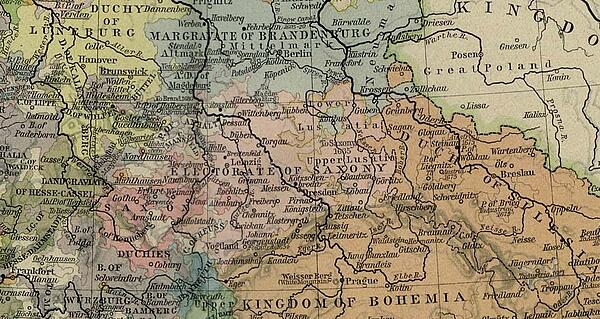The Peace of Prague
The Peace of Prague, signed on 30 May 1635, saw Ferdinand II restore the status quo of 1627. It effectively brought an end to the religious aspect of the Thirty Years War.
The main terms of the treaty were:
- It revoked the Edict of Restitution of 1629 and re-established the terms of the Peace of Augsburg of 1555.
- It prohibited formal alliances of States of the Empire among themselves or with foreign powers, which applied to both the Catholic League and the Protestant Heilbronn League.
- It unified the armies of the various states were under the command of the Princes as generals of the Emperor.
- It granted amnesty to those princes who had fought against Imperial troops, with the exception of the exiled descendants of the former "Winter King", Elector Palatine Frederick V.

The peace settled the issue of the ownership of church lands, decreed the dissolution of all armed leagues, and arranged territorial settlements that were soon approved by all the important estates and princes of Germany.
As a result of the Peace of Prague, the war lost its character as a religious war. The Peace led to the reconciliation of most German Protestant states with the emperor.
However, the Peace of Prague did not bring peace. It had not satisfied the territorial claims of France and Sweden, and it had not settled the difficult problems surrounding the claim of the Palatine family to the restoration of its land and titles. It also failed to take into account the claims of both France and Sweden. What’s more, some German rulers such as Amalia Elisabeth of Hesse-Kassel, rejected the terms of the peace.
In 1637, two years after the Peace of Prague, Ferdinand II died without having secured the election of his son Ferdinand as King of the Romans and so without ensuring continuity in Europe. By the time of his death, the revolt in Bohemia had evolved into a full-scale European war.
MLA Citation/Reference
"The Peace of Prague". HistoryLearning.com. 2024. Web.
